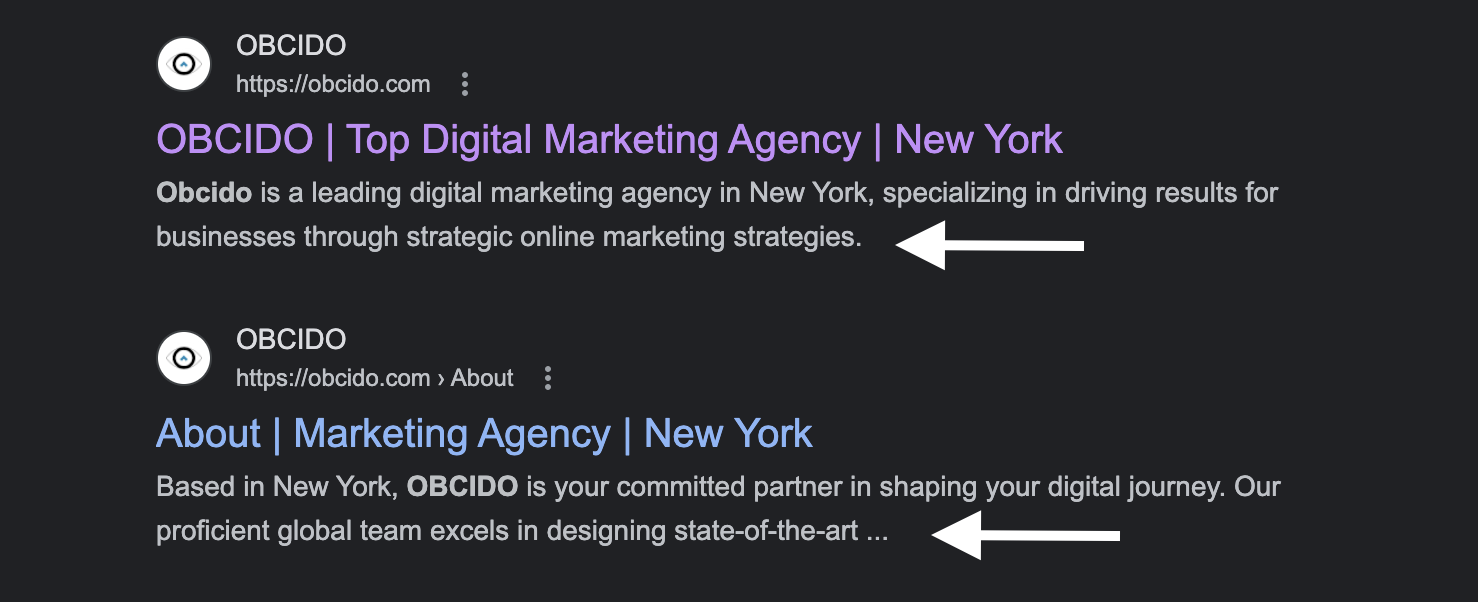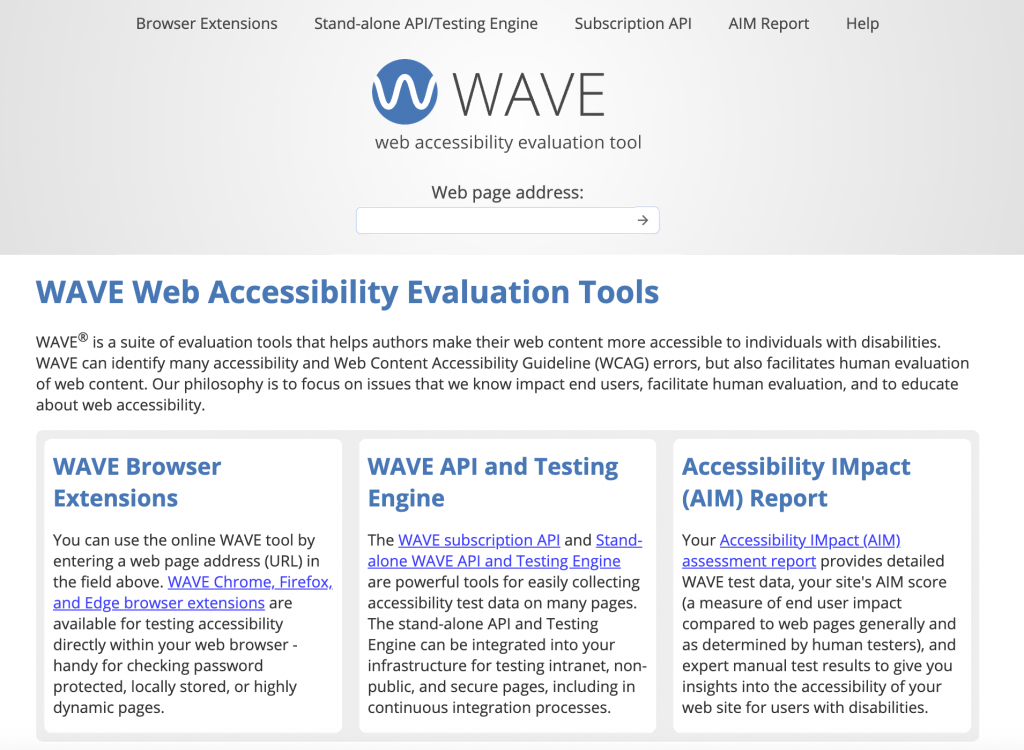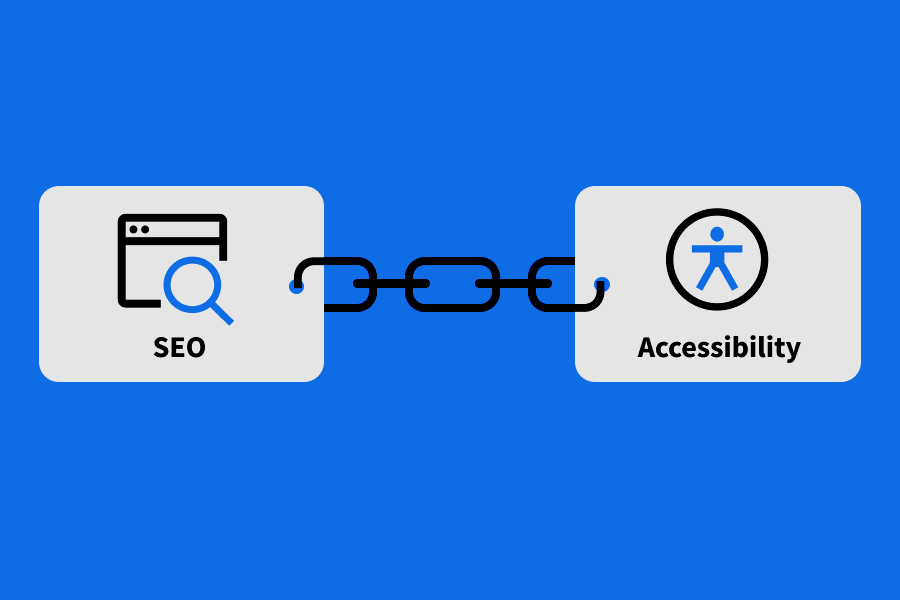The online world should be accessible to everyone, including people with disabilities. Web accessibility refers to the inclusive practice of designing and optimizing websites for all users, regardless of their abilities. Intriguingly, the principles of web accessibility significantly overlap with search engine optimization (SEO) best practices, which aim to improve website visibility and performance for search engines. As a savvy New York web development and digital marketing agency, OBCIDO understands the vital intersection of SEO and web accessibility in creating a truly inclusive digital experience.
In this enlightening article, we’ll explore the shared goals and tactics of SEO and web accessibility, showcase the benefits of embracing these principles in unison, and provide practical tips to foster digital inclusivity. Gain valuable insights and expert guidance from OBCIDO – your ally in navigating the complexities of SEO and accessibility for an accessible, search engine-friendly digital presence.
Defining the Shared Goals of SEO and Web Accessibility
Although SEO and web accessibility have distinct objectives, their shared goals contribute to providing exceptional online experiences for both people and search engines. These common goals include:
- Ensuring content is easily discoverable: Both SEO and accessibility initiatives strive to make content simple to find, whether through search engine results or assistive technologies used by people with disabilities.
- Enhancing user experience: A well-optimized and accessible website delivers a seamless and enjoyable experience for all users, regardless of their abilities or preferences.
- Encouraging clear communication: Effective SEO and accessibility practices ensure that website content is easy to understand and engage with for a wide range of users.
Examples of Accessibility Practices that Boost SEO Performance
Numerous web accessibility practices coincide with SEO optimization techniques, resulting in improved website performance and a more inclusive online experience:
- Mobile-friendly design: A responsive website that adapts to different devices and screen sizes is essential for both people with disabilities and search engine optimization. As mobile searches continue to dominate, search engines like Google prioritize websites that display well on mobile devices.
- Semantic HTML: Utilizing semantic HTML markup helps search engines understand the structure and content of a webpage, while allowing assistive technologies to correctly interpret and present content to users with disabilities.
- Alt text for images: Alt text accurately describes the purpose and content of an image, enabling search engines to better understand the context and index images accurately. Additionally, alt text aids users with visual impairments relying on screen readers to access website content.
- Readable font sizes: Clear and legible typography is crucial for both users with visual impairments and search engines indexing website content. Larger, easy-to-read fonts contribute to a better user experience and may lower bounce rates, indirectly influencing SEO rank.
- Descriptive anchor text: Using relevant, descriptive anchor text for internal and external links on a webpage is essential for both search engines and assistive technologies. Anchor text provides context for search engines and helps users with disabilities comprehend the purpose of links within a website.

The Impact of SEO and Accessibility on Website Performance
Fusing SEO and accessibility principles delivers tremendous advantages for website performance, user experience, and online visibility:
- Improved SERP rankings: Implementing SEO and accessibility best practices may lead to higher search engine rankings and increased organic traffic to your website.
- Enhanced user experience: A well-optimized and accessible website ensures a positive browsing experience for all users, resulting in increased user satisfaction and engagement.
- Better audience reach: Accessible and SEO-optimized content can appeal to a broader audience, attracting both people with disabilities and users searching for relevant information on search engines.
- Reduced bounce rates: By providing a seamless user experience and offering easily accessible content, well-optimized websites may experience lower bounce rates, indirectly contributing to search rank improvements over time.
Essential Accessibility Guidelines and SEO Practices to Adopt
To create a comprehensive, accessible, and SEO-friendly website, consider adopting the following guidelines and tactics:
- Web Content Accessibility Guidelines (WCAG) 2.1: WCAG 2.1, developed by the World Wide Web Consortium (W3C), delivers clear guidelines for creating accessible content that caters to users of different abilities.
- Using ARIA attributes: The Accessible Rich Internet Applications (ARIA) suite offers a set of tools and guidelines specifically designed for creating accessible web applications and dynamic web content.
- On-page SEO: Ensure that your website follows on-page optimization practices, including effective keyword usage in headings, meta tags, and URL structure, to maximize search engine visibility and rankings.
- Site speed optimization: Fast-loading websites are essential for both accessibility and search engine ranking. Optimize your website speed by compressing images, minifying CSS and JavaScript files, and leveraging browser caching.
Tools for Evaluating SEO and Web Accessibility Performance
There are various tools available to assess and improve the performance of your website in terms of SEO and accessibility compliance:
- Google Lighthouse: Lighthouse, an open-source audit tool offered by Google, evaluates website accessibility, performance, and SEO, among other factors, providing actionable insights and recommendations.
- WAVE Web Accessibility Evaluation Tool: Developed by WebAIM, WAVE is a widely-used online tool that assesses a website’s accessibility compliance, helping identify and rectify accessibility issues.
- Moz Pro: Moz Pro is an all-in-one SEO suite that offers insights and analysis of your website’s search engine optimization, enabling you to identify opportunities for optimization and growth.

Unlock the Power of Inclusive Digital Experiences with OBCIDO
Harnessing the synergistic relationship between SEO and web accessibility strengthens your online presence while fostering true inclusivity in the digital world. At OBCIDO, a savvy web development and digital marketing agency in New York, our expert team fully understands this intersection, ensuring your website not only climbs up search engine rankings but also becomes accessible to users of all abilities.
By partnering with OBCIDO, you unlock the potential to create exceptional, inclusive, and SEO-friendly digital experiences. Let our expert guidance be your roadmap, navigating the intricacies of website optimization and accessibility for remarkable growth and online success. Don’t hesitate—reach out to OBCIDO today to elevate your online presence and make a lasting impact on the world of digital inclusivity!





